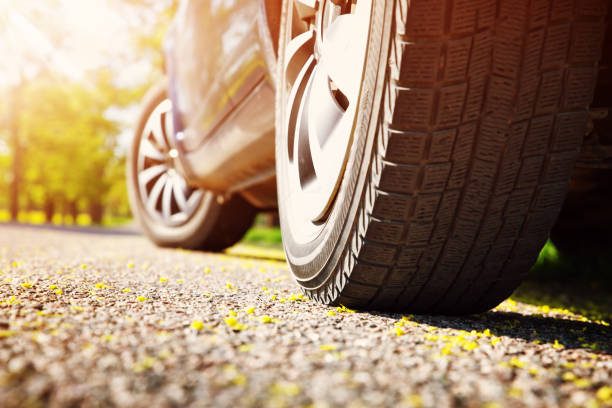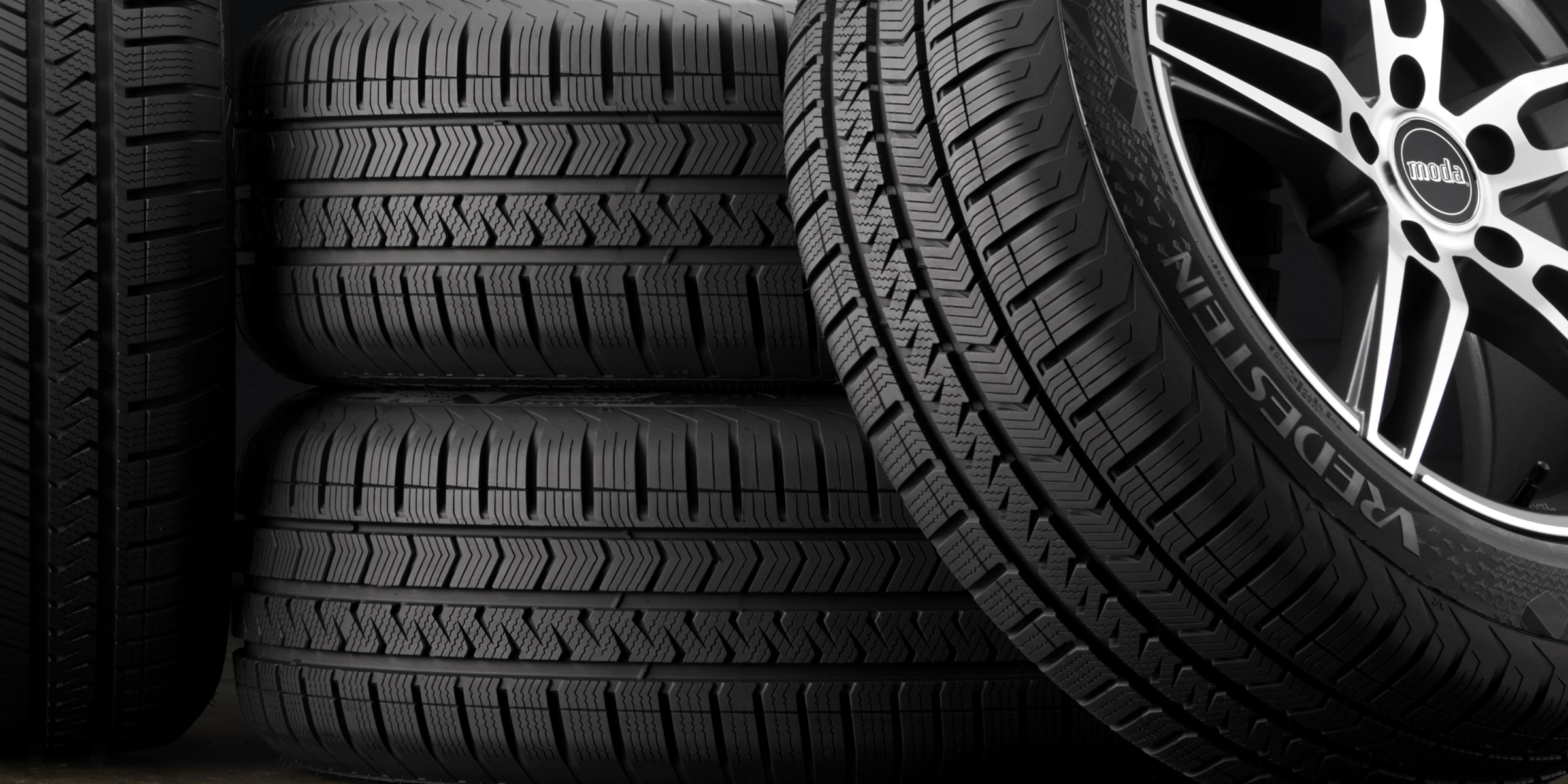It’s never a fun feeling when your car starts to shake. It can happen when you speed up or even when you break. Often, this can be avoided with regular maintenance. Keep reading for the top reasons why your car is shaking and the ways to deal with it.
Top 5 reasons why your car is shaking
1. Wheel problems
A common cause of a shaking car is a problem with one or more wheels. The problem(s) could be any of the following:
- Damaged tires or rims
- Improper wheel alignment
- Worn wheel bearing
2. Issues with your engine or transmission
If the shaking continues when your car is stopped or if there is noise when the car shakes, the issue could be with the engine and/or transmission. Specifically, the problems could be with a broken or loose engine, transition mount or radiator fan.
3. Tire problems
If the shaking is felt at certain speeds, your tires could be the problem. The tires might need to be balanced. Another solution could be a tire rotation, if the tires are wearing unevenly. You also may need to inflate your tires to the proper pressure. If your tires are older or irregularly worn, you may need to get a new set.
4. Your brakes need to be repaired
If the shaking happens when you brake, the cause is possibly related to your car’s front braking mechanism. Over time, the parts on the front disc brakes can become warped from heavy wear and tear. They should be replaced around every 50,000 miles. A good tip is to have your mechanic check your pads and rotors when you get an oil change to find out whether they need to be replaced.
5. Your transmission fluid is low
If the transmission fluid level gets too low, this can cause your car to start shaking. Make sure to check it often and fill it up as required. Continuing to drive with low transmission fluid can cause permanent damage.
The timing of your car vibrations can help determine the problem
Why is my car shaking when idle?
If your car shimmies when idling, it can mean that you have loose engine mounts, which are the connections between your engine and your car’s frame. The engine mounts keep your motor attached and dampen the engine vibrations, so when the connections wear down, you can feel the vibrations.
Why is my car shaking while braking?
If your car shakes when you hit the brakes, it could mean that you have warped brake rotors, worn-out brake pads or improperly lubricated guide pins. This means it’s time to take your vehicle in for maintenance.
Why is my car shaking when accelerating?
If the shaking starts when you are accelerating, there could be a few things wrong with your car:
- Your tires could be unbalanced.
- Your spark plugs could be worn out.
- Your lug nuts could be loose.
- Your inner constant velocity joint could be damaged.
- Your motor mount could be broken.
- Your axle or drive shaft could be bent.
Is it safe to drive when your car is shaking?
If you feel your car shaking when driving, it’s best for your safety and the longevity of your car to take it to a mechanic so you can sort out the problem as soon as possible.
Also, make sure you protect your car and yourself while on the road with the right auto insurance.




